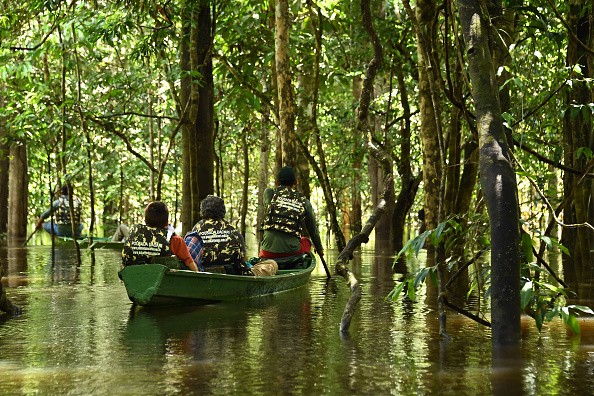A recent study found that terrestrial protected areas are crucial for habitat, biodiversity, and a thermal buffer for climate change.
Forests are important to the environment and animals. The conservation of forests helps to mitigate the impact of climate change, global warming, and natural disasters.

Furthermore, communities living near the protected areas find it significant for their livelihood. In some cases, forests are also protected because it plays a crucial role during natural disasters.
On the other hand, climate change has been a major concern, affecting biodiversity, habitats, and animals.
Protected areas and climate change
The recent Global Assessment Report Studying Biodiversity and Ecosystem Services revealed that climate change was a threat to biodiversity, indicating the thermal stress animals could experience from extreme temperatures.
The research was published in Science Advances journal. The report is available to read on the Phys.org website.
According to the study, climate change causes extreme temperatures that could cause animal thermal stress. However, the report noted terrestrial protected areas contribute to the thermal buffer against the worsening impact of climate change.
Protected areas are important habitats for animals. In the study, researchers emphasized that it played a crucial role in protecting the environment and biodiversity.
Furthermore, the researchers found that protected areas contribute to cooling the land surface temperatures, mitigating the extreme impacts of climate change. Unlike in non-protected areas, the researchers noted that protected areas could help reduce the daily temperature records.
The author, Dr. Jia Gensuo, explained that the cooling effect provided by protected areas is essential to protect animals from extreme temperatures or heat, especially during prolonged and frequent heat waves.
Amazingly, protected areas are effective in reducing and slowing extreme heat or warming. Researchers noted that it was like a natural air-conditioned for animals.
Meanwhile, the study's author, Pieter De Frenne, added that the protected areas could provide shade for animals, which is true as forests experience macroclimate warming.
Protected areas are helpful in the fight against climate change or mitigate its effects on communities and animals. However, it is important to conserve more of the protected areas in many parts of the world.
The warming of temperatures has been a major concern for many scientists due to potentially catastrophic impacts on many countries. As a result, protecting forests and biodiversity with the reduction of carbon emissions could mitigate climate change and global warming.
Impact on animals
The World Wildlife Fund (WWF) explained that climate change could affect animals. The rising and warming of oceans could impact aquatic animals.
The changing of extreme weather and temperatures could have catastrophic effects on wildlife. Prolonged and severe droughts could threaten animals' existence and habitat. The impact of climate change could be challenging for animals.
As a result, environmental groups and the United Nations have been urging countries to develop climate change mitigation plans and reduce carbon pollution.
Related Article : Tropical Forests on Indigenous Lands Are Healthiest, Diverse, and Ecologically Resilient
For more similar stories, don't forget to follow Nature World News.
© 2025 NatureWorldNews.com All rights reserved. Do not reproduce without permission.

